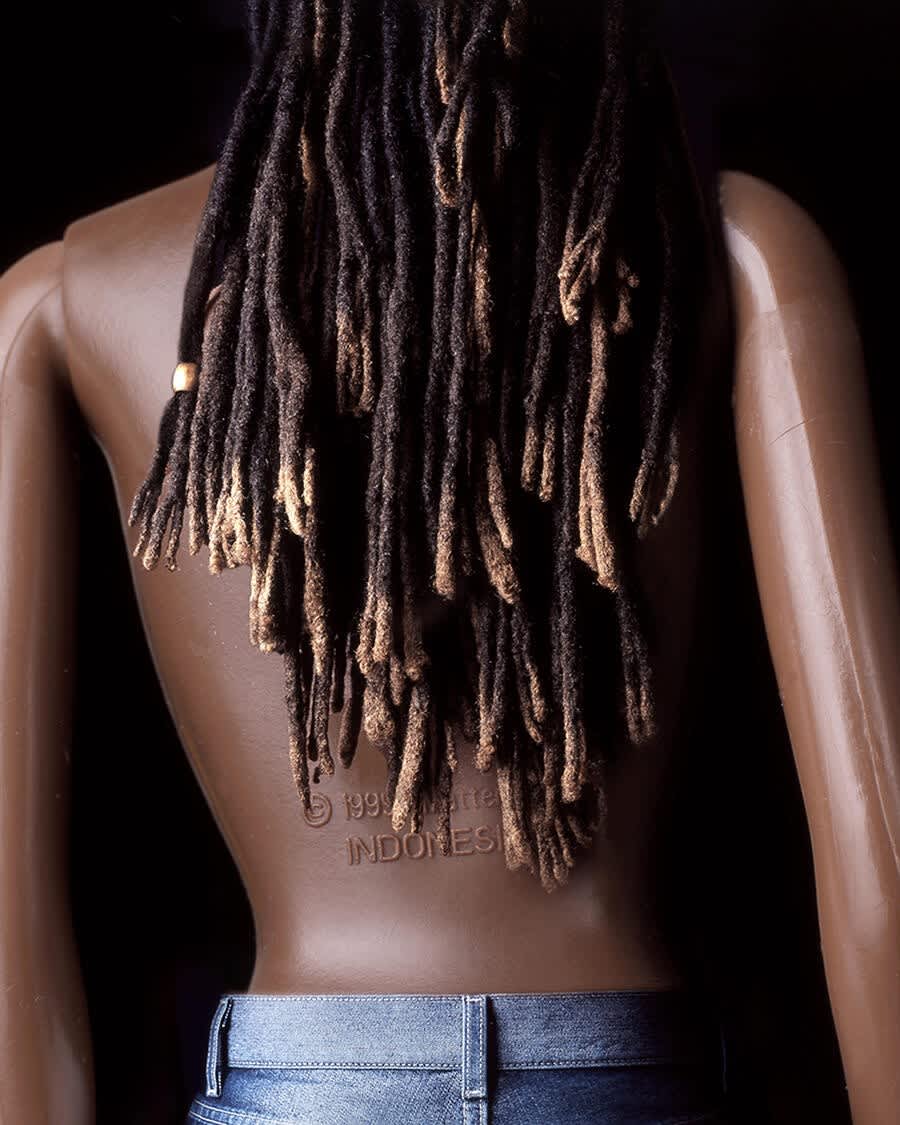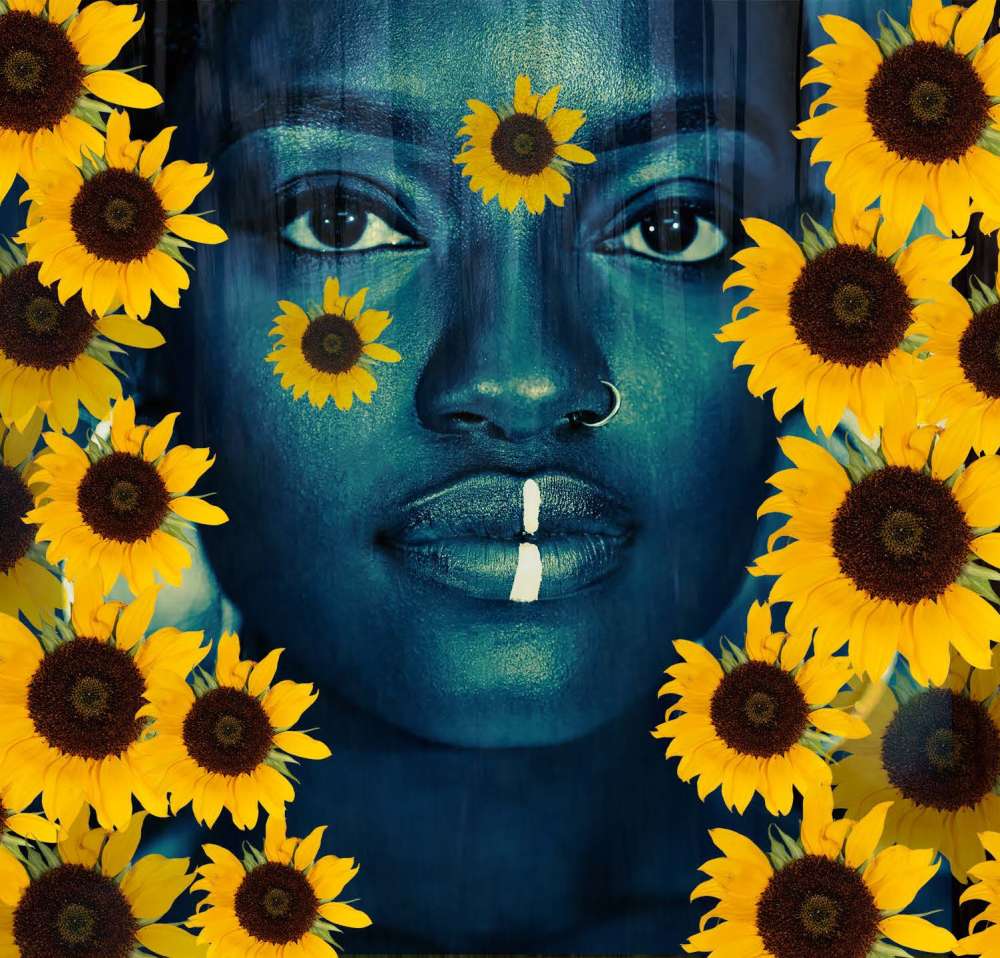In the beginning, there was The Doll. So posits the opening scene of Greta Gerwig’s bright pink, existential comedy, Barbie (2023), which shows young girls play contentedly with baby dolls – as if all that’s available is a trial run of motherhood – until an enormous Barbie (Margot Robbie) appears before them like the monolith from Stanley Kubrick’s 2001: A Space Odyssey (1968). In an echo of that film’s monkeys smashing up bones, the children then destroy their baby dolls as a new possible future opens up. Of course, this monumental Barbie is the image of perfection – not a hair out of place, her outfit on point, her smile picture-perfect. It’s the perfection that these dolls represent, and the pressure placed on real women to embody it, which Gerwig’s film takes aim at. While it does so with family-friendly messages of inclusivity and understanding, it comes in the wake of a tradition in visual art that has been complicating the figure of the doll for decades.
Read More
Read More


